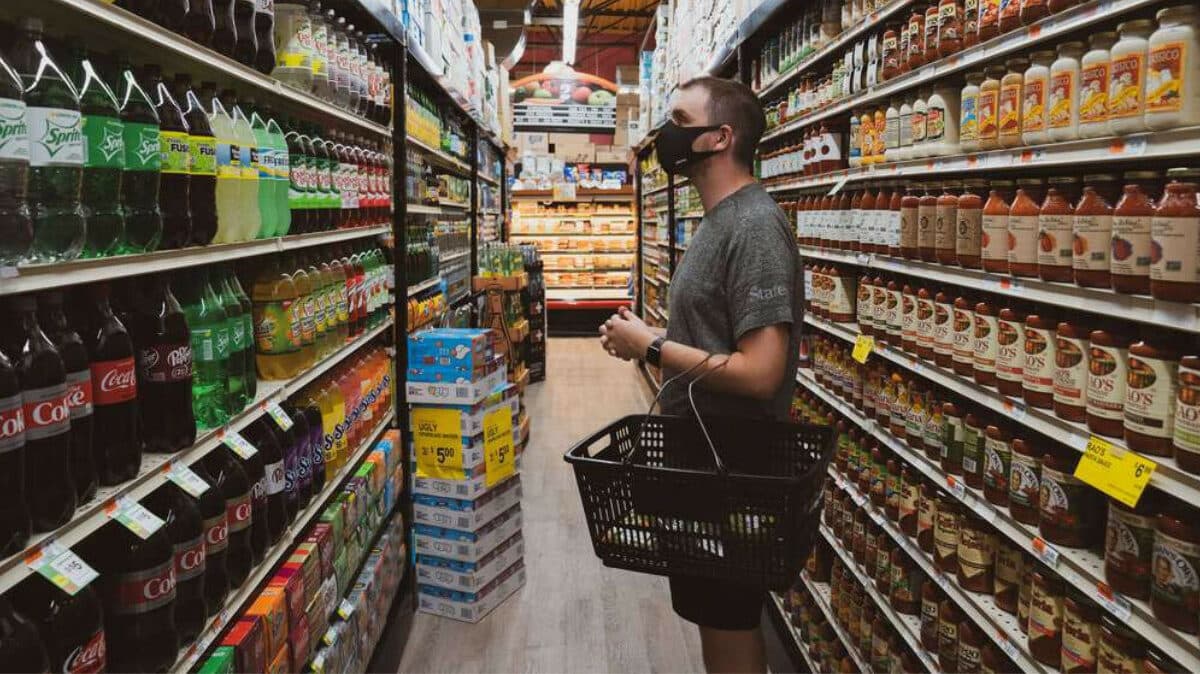New data by the Australian Bureau of Statistics reveals the consumer price index (CPI) rose by 1.8 per cent in the June quarter while the inflation rate increased to 6.1 per cent. This is the highest inflation rate since December 1990.
From groceries and takeaway to household equipment and fuel, Australian consumers are facing rising prices across the board.
Food and non-alcoholic beverage costs increased by 2 per cent since March, largely driven by rising freight costs, labour shortages, and supply chain disruptions. Fruit and vegetable prices rose by a concerning 5.8 per cent and bread and cereal product prices recorded a 3.1 per cent increase.
Services observed a smaller rise in prices compared to goods, such as holiday travel and accommodation (+2.3 per cent) and financial services (+1.2 per cent).
Treasurer Jim Chalmers, who will deliver an economic statement to parliament tomorrow, called today’s ABS announcement “confronting.”
“It’s not news to millions of Australians who feel this inflation challenge every time they go to the supermarket, and every time their bills arrive,” he observed. “This inflation outcome today mirrors the lived experience of Australians who are doing it tough.”
While still below market and economist expectations, the 6.1 per cent rise is likely to translate into a third successive increase in interest rates as the board of the Reserve Bank of Australia (RBA) meets next week.
As per ABS data, the most significant contributors to the rise in the June CPI were new dwellings (+5.6 per cent) and automotive fuel (+4.2 per cent).
Michelle Marquardt, Head of Prices Statistics at the ABS, elaborated: “Shortages of building supplies and labour, high freight costs and ongoing high levels of construction activity continued to contribute to price rises for newly built dwellings. Fewer grant payments made this quarter from the Federal Government’s HomeBuilder program and similar state-based housing construction programs also contributed to the rise.
“The CPI’s automotive fuel series reached a record level for the fourth consecutive quarter. Fuel prices rose strongly over May and June, following a fall in April due to the fuel excise cut.”
The Australian Chamber of Commerce and Industry (ACCI) noted that, while alarming, these inflation figures are largely in line with global macroeconomic trends. New Zealand’s annual inflation rate stands at 7.3 per cent in the June quarter while the United States recorded an inflation rate of 9.1 per cent.
“In this international economic context, the ACTU’s recent assertion that business is to blame for inflation is driven by politics, not facts,” said ACCI chief executive Andrew McKellar. “Inflation, which has been low for more than a decade, did not suddenly rise in recent months because businesses decided now was the ideal time to squeeze their customers.
“The reality is businesses are absorbing cost increases where they can. But, with inflation continuing to sting employers, higher consumer prices will persist in the months ahead.”

